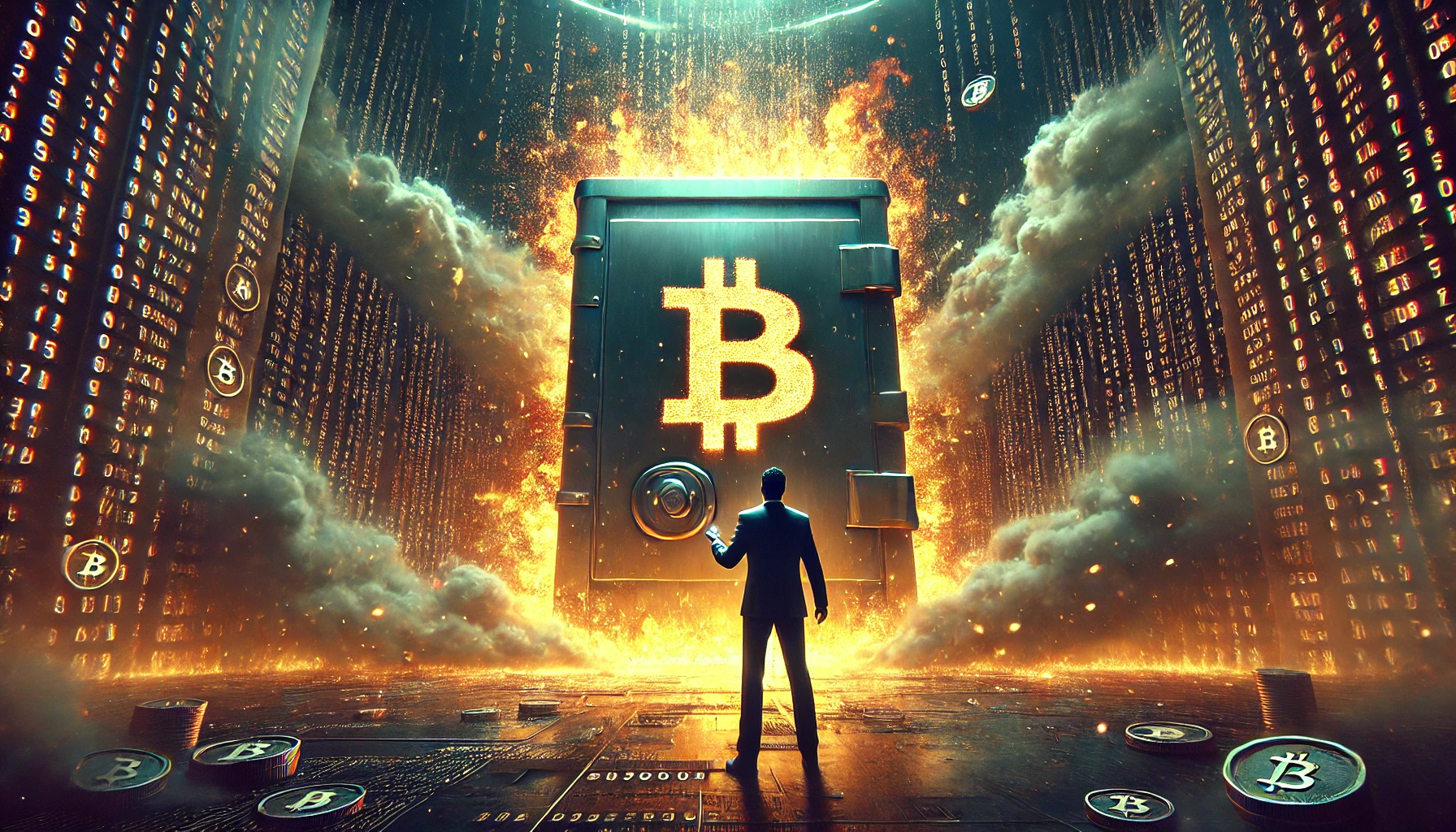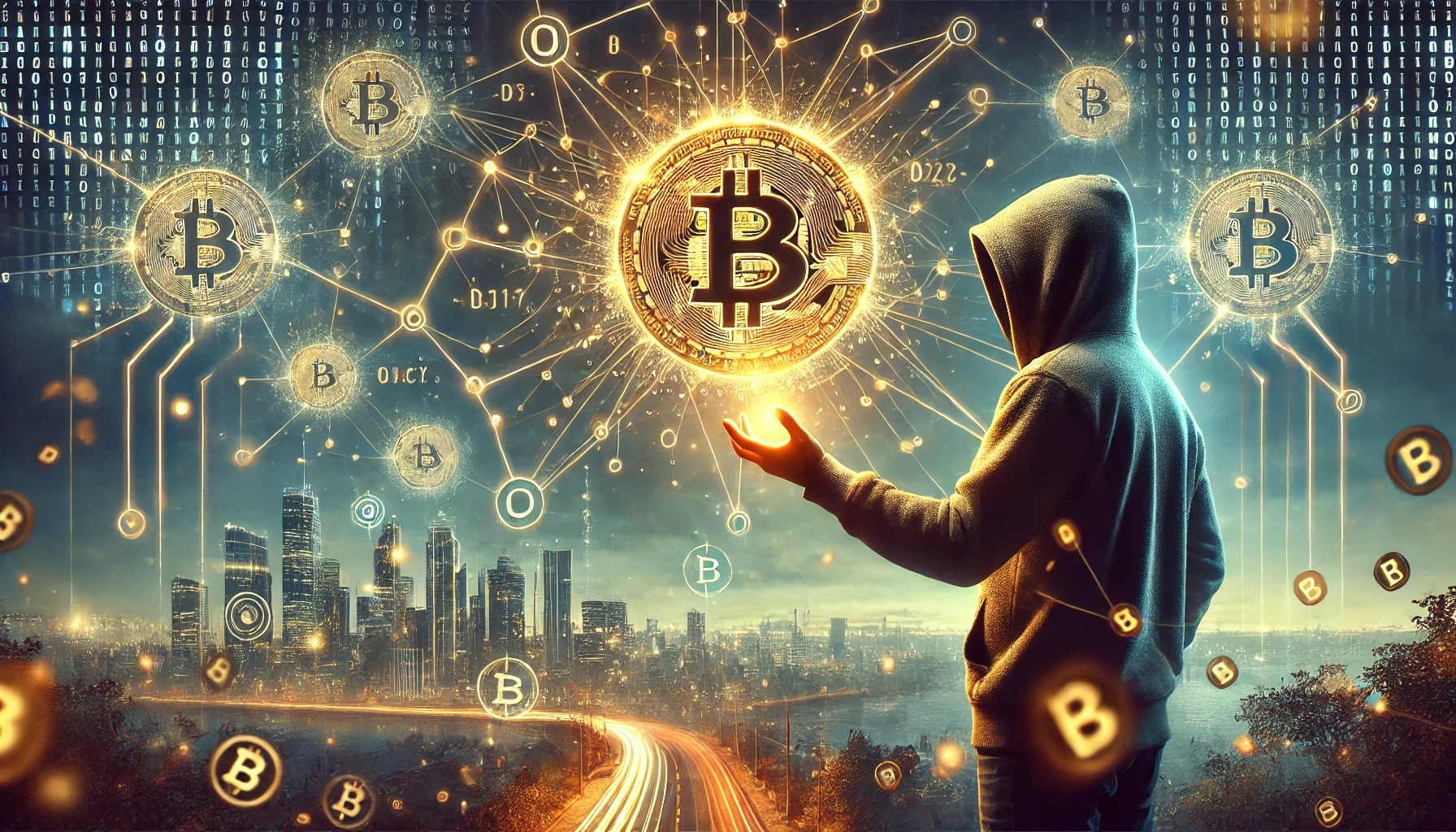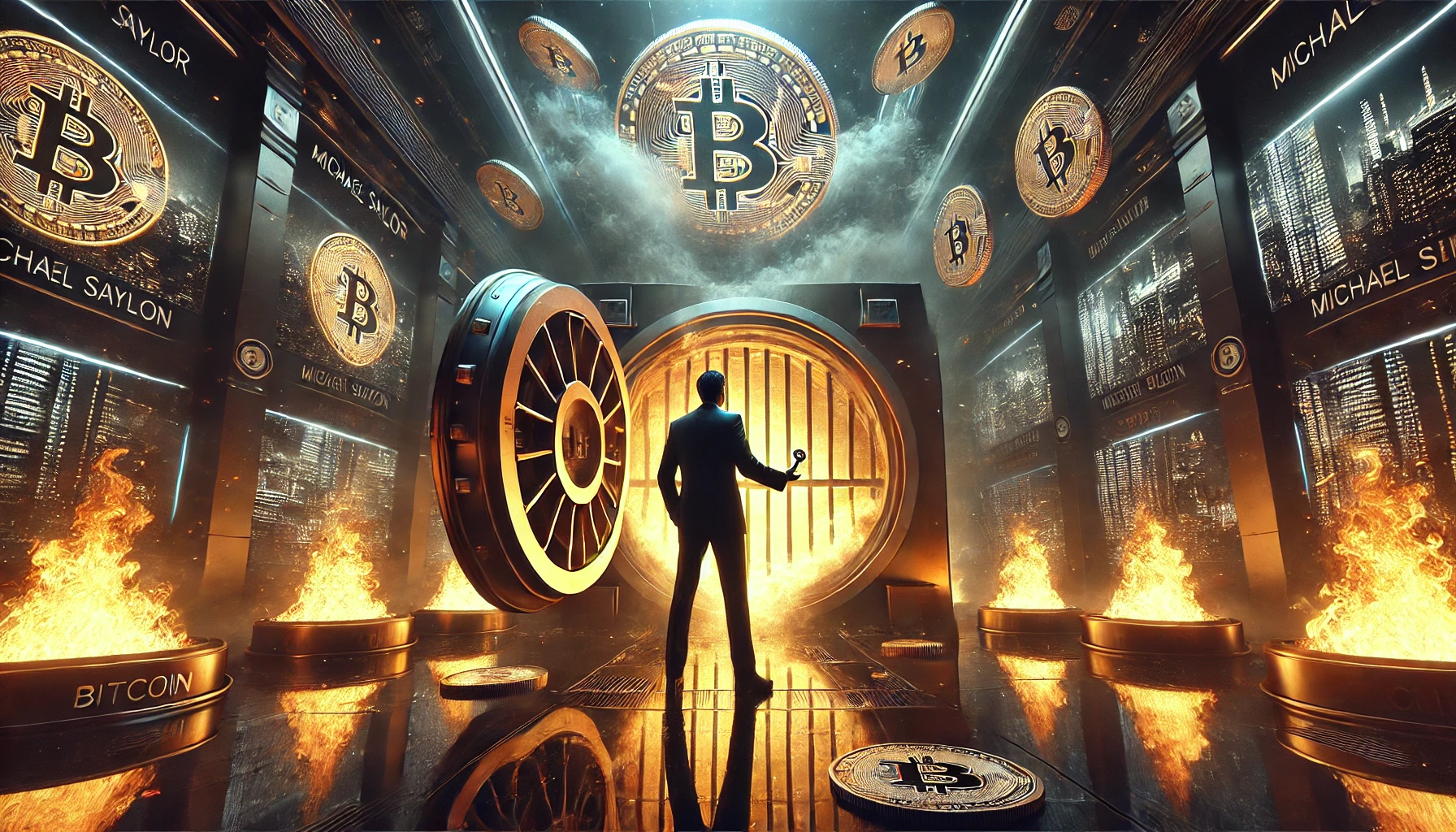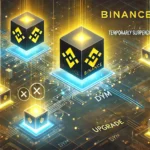MicroStrategy chairman Michael Saylor announces he’ll make his Bitcoin (BTC) reserves inaccessible after his death. This will involve burning his private keys to his Bitcoin wallet to leave it untouched. He says this will help contribute to Bitcoin’s scarcity and, thus, its value.
Michael Saylor Plans to Destroy Bitcoin Keys Forever
Saylor noted that by killing off private keys at death, Bitcoin holders increase the scarcity of this cryptocurrency. When the supply decreases, Bitcoin becomes more valuable because it has a maximum supply of only 21 million coins. As with lost Bitcoin from forgotten passkeys or deceased owners, it’s gone for good.
Michael Saylor views this as a pro-rata contribution to the network by reducing the amount of Bitcoin available. This fits well within the precedent of Bitcoin’s pseudonymous inventor, Satoshi Nakamoto. Since Nakamoto disappeared, that wallet holding 1 million BTC has been a dormant Nakamoto wallet, effectively decreasing the supply and removing BTC from the market.

Drawing Parallels with Satoshi’s Dormant Holdings
Bitcoin holdings held by Satoshi Nakamoto, who never transferred any bitcoin from his wallet, clearly demonstrate permanent scarcity on the network. Speculation around Nakamoto’s identity—and their choice never to touch the BTC—remains a mystery. Hal Finney, an early Bitcoin adopter, is believed by some to be Satoshi, although prior to his death in 2014, Finney denied he was.

However, he also has been linked to Bitcoin’s beginning, having received the first Bitcoin transaction on the blockchain. He became another element of Bitcoin’s tale of loss: early adopters’ wallets aren’t always recoverable. With this sort of history to draw from, Saylor’s proposed move to burn private keys appears to be motivated, in part, by this commitment to Bitcoin’s ethos of scarcity.
Implications for Bitcoin’s Future Value
The more Bitcoin becomes inaccessible, the more it can increase demand and value, which will remain in circulation. Less Bitcoin fundamentally cuts the supply and supports the economic model of its scarcity. Analysts, as pointed out, say that the cumulative outcome of such events could drive the floor price of Bitcoin higher in the long run.
Of the fewer than 30 Bitcoin billionaires, it is also among the group’s second-largest holdings at 17,732 BTC, worth more than $1.7 billion. In addition to ownership, he is a Bitcoin champion and a vocal advocate for its institutional adoption into a reserve asset. Saylor is committed to taking this posthumous action to preserve his legacy in the cryptocurrency ecosystem.
This aligns with Saylor’s thesis for Bitcoin, which he believes is deflationary and will serve as digital gold. His commitment to burning private keys shows that he’s sure that Bitcoin is here to stay. The decision reflects his desire to leave his mark on the world of Bitcoin adoption and fix its future.
Critics say you not only lose Bitcoin but that it may not be in the interest of all stakeholders. Supporters argue it is a way to maintain the very basis the network’s been built around—scarcity. Viewers are quick to discuss ethical and practical thoughts around leaving cryptocurrency inheritance.
Conclusion
Michael Saylor’s plan to burn Bitcoin’s private keys after death is a bold move on the role of scarcity in Bitcoin’s future. Saylor’s goal is to provide some economic model support to Bitcoin by echoing Satoshi Nakamoto’s dormant holdings. His legacy will define how institutional Bitcoin adoption takes place and reinforce the value proposition of Bitcoin—a scarce digital asset.
FAQs
What is Michael Saylor’s plan for his Bitcoin after his death?
He plans to burn his private keys, making his Bitcoin holdings inaccessible forever.
Why does Michael Saylor want to burn his Bitcoin private keys?
He aims to increase Bitcoin’s scarcity, which will boost its value over time.
How does Saylor’s plan relate to Bitcoin scarcity?
By destroying access to his Bitcoin, he reduces the supply, aligning with Bitcoin’s deflationary model.
What parallels are drawn between Saylor’s move and Satoshi Nakamoto?
Saylor’s plan echoes Satoshi’s dormant holdings, which contribute to Bitcoin’s scarcity.
What are the potential criticisms of Saylor’s decision?
Critics argue it removes valuable Bitcoin permanently, which may not benefit all stakeholders.



















































































































